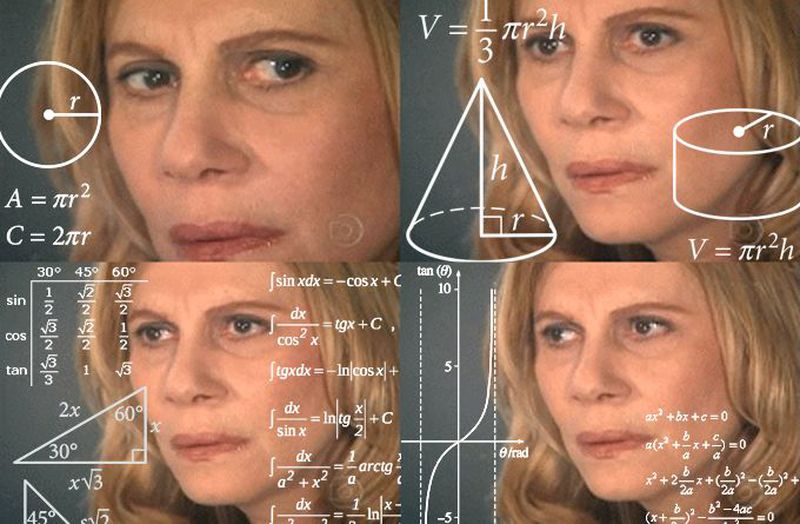I think most of us will have done it at some point in life. Be it a nap or a night sleep. Well, some contact lenses are meant to be worn only to sleep but which is okay and which is not? Contact lens complications are not easy to treat, you may recover, gain your vision, or lose it either partially or entirely.
We’re going back to the Renaissance to check out where the creation of contact lenses started. Who else if not Leonardo Davinci who illustrates the concept of contact lenses. In his sketches he showed how opening our eyes in water could possibly correct our vision. Followed by suggesting that wearing a water dome over our eyes could solve the problem. (if you think about it, contact lenses are dome shaped)
![]()
(Davinci’s first sketch that leads to today’s creation of contact lens)

(Leonardo also came up with clear instruction on how to make snow angels)
In 1823, astronomer Sir John Herschel, conceptualised the making of lenses to be as close to our eyes by using glass material. (thus, probably where the name comes from). By 1887, the first production of contact lenses was ready to get started. It went from being made out of glass to plastic in 50+ years. And by the looks of how the contact lenses were fitted in the 40’s, most of us would opt out from wearing them.

You can watch the full video from this link: Contact Lenses (1948)
Fast forward to today, because of innovation and technology there are more comfortable contact lenses with various designs and functions. Silicon lenses are comfortable soft lenses, mainly to correct farsightedness, astigmatism and presbyopia. It comes in daily disposables, biweekly, monthly disposables and yearly disposable – other types of lens RGP, scleral, hybrid and Ortho-K are used mostly for special cases such as corneal irregularities, myopia control or to reshape the cornea.
Let me just be honest, wearing contact lenses during sleep can make you go blind! If you’re still insisting, you may consider looking for ACUVUE contact lenses but please do consult your optometrist before making purchases. The only contact lens that is ACTUALLY made to be worn when you’re sleeping is Ortho-K.

Ortho what?
How does it work?
Wearing Ortho-K during sleep reshapes your cornea so that you wont need to wear your glasses during the day, without corrective surgery. Picture below briefly explains how Ortho-K work.

How ortho-k lens work?
It is widely used in Taiwan as myopia control in children and for adults who don’t want to wear spectacles during the day. Though this lens is suitable to wear to sleep, proper consultation and care is required to prevent any complications and ensure comfortable and safe contact lens wear.
Unless it is Ortho-K (OK), DO NOT wear your contact lens to sleep. Here are some complications that may help you reconsider sleeping with contact lenses on and not practice good hygiene and care.

Corneal Ulcer
Corneal ulcer is an open sore on your cornea caused by an infection. This condition is categorised as a medical emergency.
(Pic: Top One Optometry Patient)

Giant Papillary Conjuctivitis
(GPC) Inside of your eyelid gets rough, red, and swollen
(Pic: https://ophthalmologybreakingnews.com/giant-papillary-conjunctivitis-gpc )

Superficial Punctate Keratitis
Corneal inflammation of diverse causes characterized by scattered, fine, punctate corneal epithelial loss or damage
(Pic: Top One Optometry Patient)

Neovascularization
Growth of blood vessels in the cornea (corneal vascularization) may lead to permanent vision impairment.
(Pic: https://www.allaboutvision.com/conditions/cornea/corneal-neovascularization/ )
Prevention is better than cure. Contact us for more inquiries, and our team will be happy to assist you. Your feedback and curiosity are valuable to us as we strive to provide the best possible information and support to our customers.

